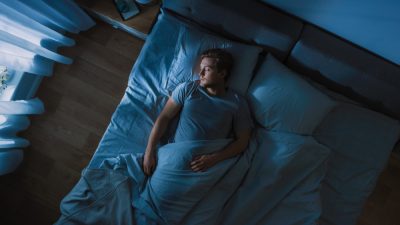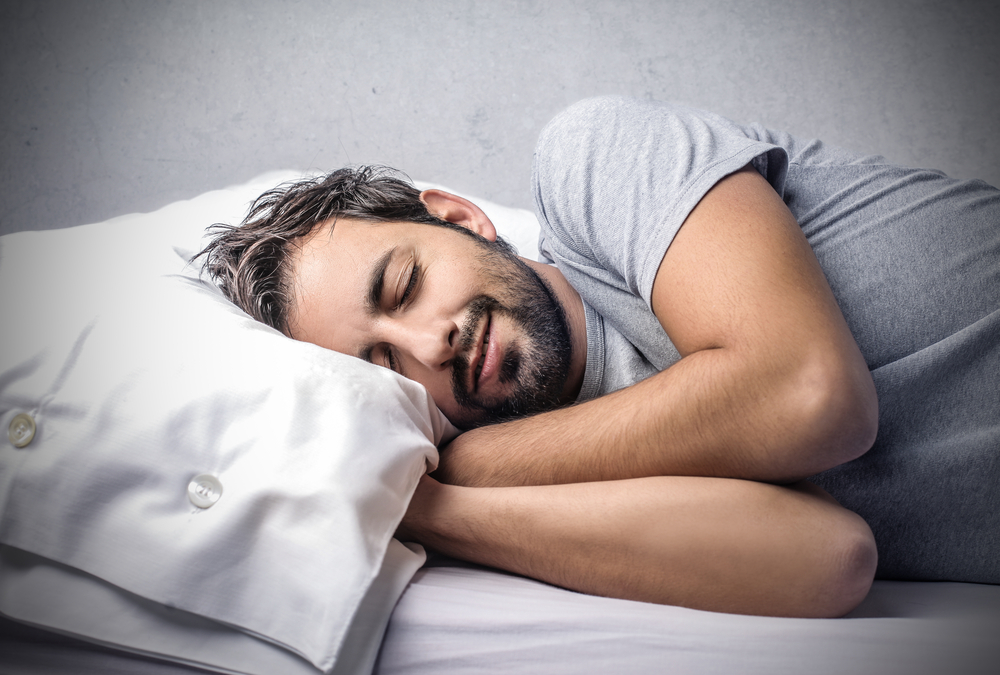Most humans spend approximately one-third of their lifetime sleeping, about 7.5-8.5 hours of sleep per day. According to a study of more than ten thousand people in 2018, the body’s ability to function declines If sleep isn’t in the seven to eight hours range. The record for the longest day period without sleep is eleven days. Technically, lack of sleep for more than eleven days can cause death.
Sleep is a biological imperative critical to the maintenance of mental and physical health. It is a state of lessened consciousness and decreased physical activity during which the body system slows down and repairs itself. Getting quality sleep at the right time can help protect our mental and physical health.

When we sleep, our body goes through different stages of both rapid eye movement (REM) and non-rapid eye movement (NREM). Our body goes through these stages and spends an average of 90 minutes in each stage:
Stage 1: Non-rapid eye movement (NREM)also known as transition phase occurs when one finds themselves floating in and out of consciousness. During stage one, our eyes move slowly and muscle activity begins to slow down in the body, it is a period of partial consciousness when your mind begins to drift off.
Stage 2: stage two is also a stage of non-rapid eye movement. During this stage, your heart rate begins to slow and the core body temperature decreases. You experience light sleep at this stage, eye movement stop, and brain waves slow with an occasional burst of waves called sleep spindles. This stage can last for ten to twenty-five minutes during the first sleep cycle.
Stage 3: stage three, a non-rapid eye movement stage also known as short wave sleep or delta sleep is a period of deep sleep that you need to feel refreshed in the morning. The brain activity has an unidentifiable pattern of what is known as delta waves This stage lasts for about 20-40 minutes. It is often very difficult to wake up from this stage of sleep.
Stage 4: during this stage, the body repairs and regenerates tissues, builds bones and muscles, and appears to strengthen the immune system. This stage is considered the deepest stage of sleep because, during this period, an individual’s heart rate slows dramatically.
Stage 5: is the only stage of rapid eye movement, most adults spend about 20 percent of sleep in the REM while infants spend almost 50 percent. During this phase of sleep, the brain is bursting with activity, unlike other phases.
Videotaped sleep studies have found that adult changes their positions between 3 and 36 times a night. Sleeping positions often determine how long sleep will last and also influences how we feel during sleep. Different sleeping positions are:
SIDE SLEEPING POSITION
The side sleeping position is the most common; it could either be left or right side. Sleeping on your left side is thought to have the most benefit on your overall health, it relieves pressure from your liver and allows blood to flow more freely.
It helps with lower back pain relief and helps to get rid of toxins while you sleep.
When you sleep on your right side, the pressure of your body smashes up against the blood vessel that returns to you thicker.
Sleeping on your left or right side helps to clear intestinal waste from your brain and also helps to reduce the risk of neurological diseases like Parkinson’s disease, snoring, and sleep apnea. You can change sleeping positions from right to left and vice-versa, you don’t have to stick to one position the entire night.
SLEEPING ON YOUR STOMACH
The most relevant advantage to sleeping on your stomach is that it helps lower the risk of snoring and sleep apnea. Sleeping on your stomach causes most of your body weight to rest in the middle of your body. this position also places strain on your back and spine and increases stress on other structures in your body.
Tips for sleeping on your stomach:
- Stretch in the morning after a good night sleep
- Avoid the use of fat or swollen pillows and use thin or no pillow to avoid placing your head and neck at an angular position while you sleep
- Reduce the pressure on your spine by putting a pillow under your pelvis to keep your back in a more neutral position
SLEEPING ON YOUR BACK
Sleeping on your back is by far the most appropriate sleeping position, it allows your head, neck, and spine to be placed in a neutral position. This position keeps your spine aligned and helps prevent chronic conditions by reducing pressure and compression, it also stops the skin from feeling the pressure of your face against the pillow.
Sleeping on your back often causes sleep apnea, lower back pain, and in most cases is an uncomfortable sleeping position for many people.
Studies show that sleeping on your back can cause more nightmares and it makes it harder to remember your dreams.









COMMENTS